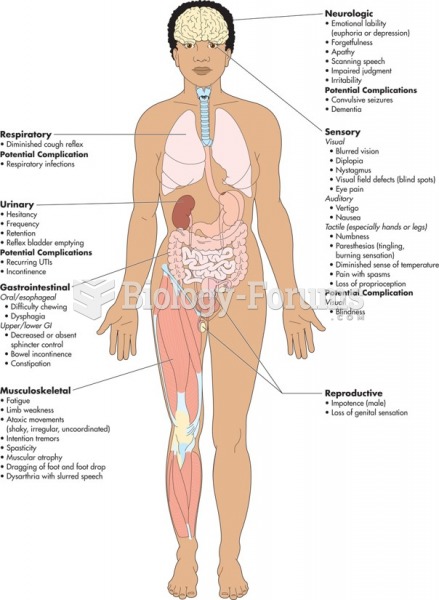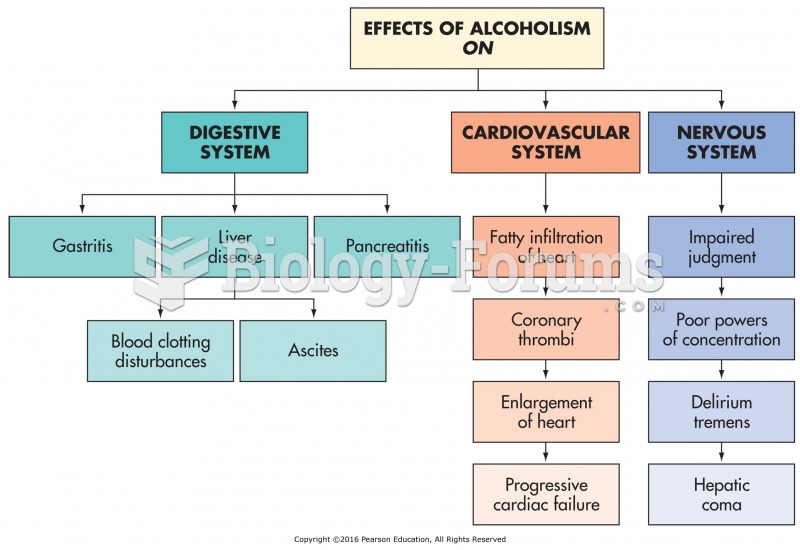Answer to Question 1ANS:Tillage
is working the soil to provide a favorable environment for seed placement, seed germination,
and crop growth. A grower has three goals when using tillage: (1) weed control, (2) alteration of
physical soil conditions, and (3) management of crop residues.
Tillage for weed control must be done before and after crop planting. Before planting, tillage prepares
a weed-free seedbed that greatly simplifies weed control during the growing season. Tillage destroys
young seedlings, and repeated tillage operations may also weaken perennial weeds. After planting,
cultivation continues to destroy or bury emerging seedlings. However, deep cultivation or cultivation
late in the season may sever crop roots and reduce yields. The importance of tillage for weed control
has declined with increases in both herbicide use and tillage systems designed around herbicide use.
Some herbicides require incorporation into the soil by shallow tillage.
Tillage alters physical soil properties, such as structure, moisture, and temperature. During seedbed
preparation, tillage stirs and loosens soil, improves aeration, and creates a suitable medium for growth.
Deep tillage and subsoiling may temporarily break up subsoil compaction. However, tillage causes a
long-term decline in soil physical structure partly due to soil organic matter loss. Repeated tillage
crushes some aggregates. Wheel traffic compacts the soil, especially wet soils, and tillage pans may
form. Soil aggregates on the surface of bare soil shatter from raindrop impact, causing crusts that
hinder seed germination and shed water. Bare soil resulting from many forms of tillage erodes easily.
Recent changes in tillage aim to reduce these adverse side effects. Tillage also affects the moisture
level and temperature of soil. Tilled soil usually warms and dries earlier in the spring, allowing earlier
seeding and better germination. In areas where soil tends to be wet or cold in the spring, crops may be
planted on ridges created by tillage. The ridges warm and dry faster than the rest of the soil. Shallow
cultivation of crust-forming soils may improve crop yield even where herbicides are used to control
weeds. By breaking up crusts, cultivation improves water infiltration and reduces runoff. Such
cultivation should be just deep enough to break the crust.
After most crops are harvested, residues such as stalks or leaves remain in the field. The amount of
residue depends on the type of crop, how well it grew, and how it is harvested. There are several ways
growers manage crop residues. Moldboard plowing buries crop residues, resulting in a clean field that
is easy to plant and cultivate. Conservation tillage leaves residues on the surface to protect against
erosion.
In addition to crop residues, tillage may also incorporate phosphate, potash, and lime into the root
zone. Tillage also incorporates sewage sludge, manures, and nitrogen sources such as urea that
volatilize if left on the soil surface.
The three reasons for tillage come together in preparing a seedbed to ensure that the soil meets the
needs of germinating seeds. Seeds need a moist soil at the right temperature with sufficient air for seed
respiration. The soil should be loose enough for good aeration, but compact enough around the seed
for good soil/seed contact. It should be free of clods that prevent proper seed/soil contact and seedling
emergence.
Answer to Question 2ANS: Organic







